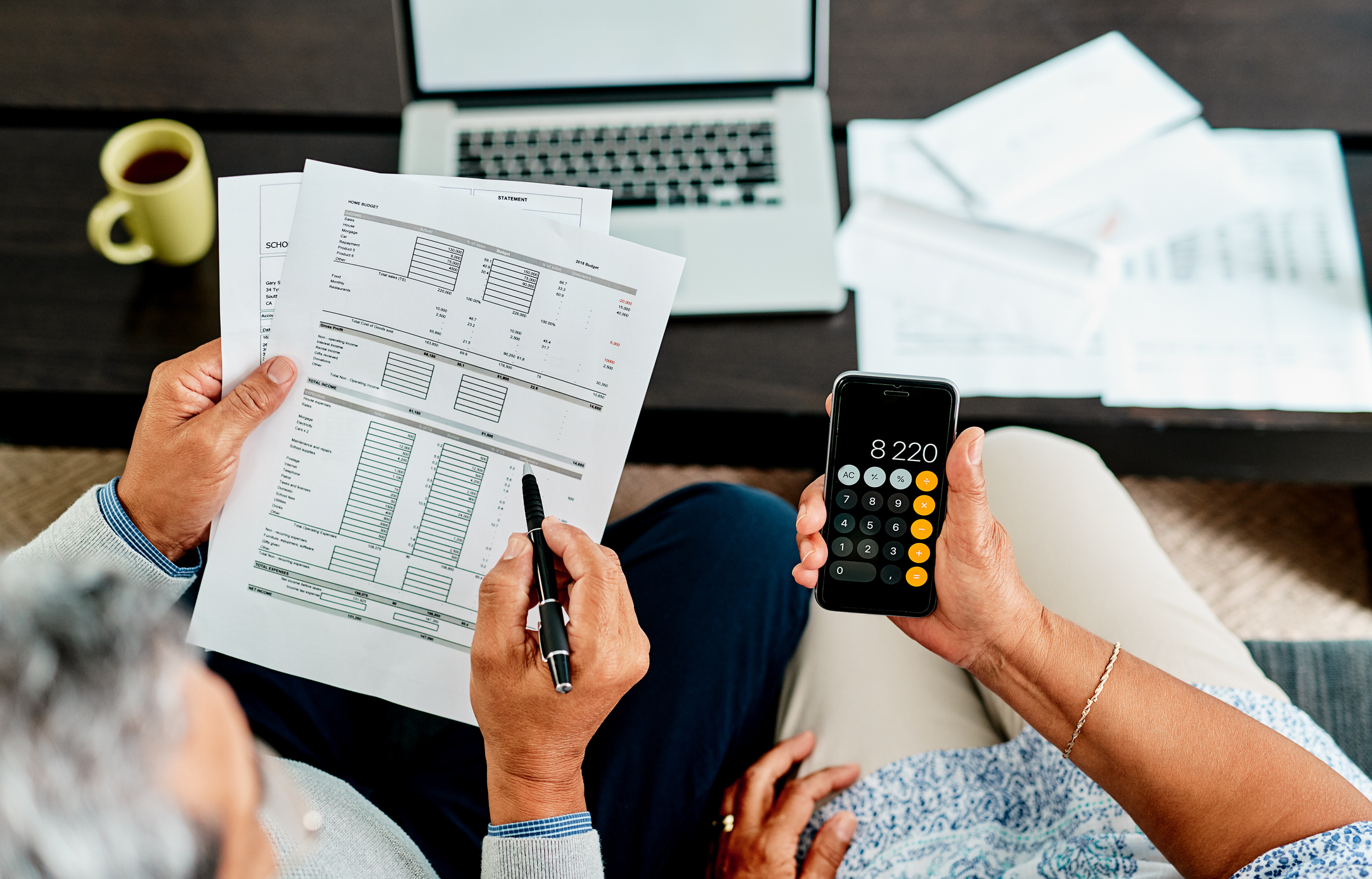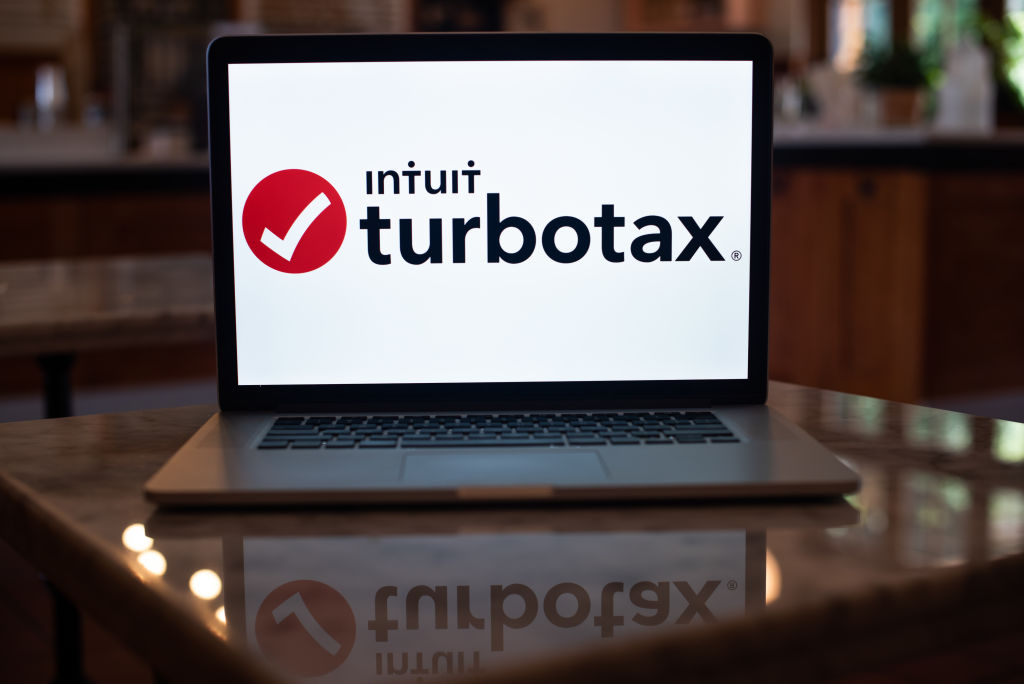What to Do With Your Tax Refund: 6 Ways to Bring Growth
Use your tax refund to boost short-term or long-term financial goals by putting it in one of these six places.

If there’s a tax refund check coming your way, it's a great opportunity to give your financial future a little boost.
Depending on your current situation, some uses of your tax refund might include paying down debt, filling in gaps in your insurance coverage (such as buying flood insurance or getting life insurance) or paying for a much-needed home repair.
But if there’s nothing you need to spend that extra money on right now, the best thing you can do with your tax refund is put it to work earning a healthy return.

Sign up for Kiplinger’s Free E-Newsletters
Profit and prosper with the best of expert advice on investing, taxes, retirement, personal finance and more - straight to your e-mail.
Profit and prosper with the best of expert advice - straight to your e-mail.
From savings accounts that grow your money without cutting off access to funds to creative ways to boost retirement savings, these are the six best places you can put that tax refund this year.
1. Open a high-yield savings account
Whether you’re rebuilding your emergency fund or just want to save for a short-term goal without committing to a fixed term, a high-yield savings account is a great place to put your tax refund.
While the interest rate isn’t guaranteed, you can find savings accounts earning as much as 4.5% right now. If those rates ever dip, you always have the option to move your money into another account or investment vehicle that better fits your goals.
You can use this Bankrate tool to find the best high-yield savings account for your tax refund:
2. Put it in a money market account
Money market accounts (MMAs) are an even more flexible way to earn interest on your cash than a high-yield savings account.
While both offer similar high rates of return, an MMA acts more like a checking account. You’ll get an ATM card and a checkbook so you can spend money directly from that account.
Unlike a checking account, there are usually limits on the number of withdrawals you can make in a month (typically, around six, but it varies from bank to bank). Often, in-person or ATM withdrawals don’t count toward that limit.
This is a good option for paying certain recurring expenses, since you can earn interest on the money before you spend it.
For example, you can use your MMA to pay annual insurance premiums, make estimated tax payments or even pay your mortgage and other bills. Just make sure you don’t exceed the monthly transaction limit.
3. Hold it in a short-term CD
If you’ve got any big-ticket purchases planned in the next few months to a year, consider putting your refund into a short-term CD.
With options ranging from as little as one month to up to one year, these are a great tool for maximizing returns on money you know you’ll need to spend in the near future.
If you’re planning a big trip to Italian wine country this fall, use your tax refund to open a six-month CD now.
If you know you need a new car sometime next year, open a one-year CD to start building up a good down payment for it.
This is also a good option for filers who got a refund this year but expect to owe the IRS next year. You can hang onto that refund in a short-term CD to let it earn some interest, then put it toward your 2025 tax bill.
Compare CDs to put your tax refund into with this Bankrate tool:
4. Stash it in a long-term CD
If your emergency fund is looking healthy and you don’t have any specific big-ticket purchases you want to save for, park your extra cash in a longer-term CD.
Opening one with a three-year or five-year term is a good way to lock in today’s higher interest rates ahead of possible Fed rate cuts expected later this year.
While it means committing to not touching that money for the next few years, it offers risk-free growth on money you don’t have a concrete plan for yet.
Plus, if you use your tax refund to open a long-term CD now, you can keep adding to it every tax season in the next few years to earn today’s higher rates on any future tax refunds.
In the meantime, you’ll have three to five years (depending on the term you committed to) to figure out the best way to use that growing nest egg.
5. Boost your retirement fund and lower next year’s tax bill

There are two ways you can put your tax refund toward retirement. The simplest is to open an IRA and put it in there.
With a traditional IRA, you might be able to claim at least part of that IRA contribution as a tax deduction next year, depending on your situation.
Your tax refund this year is not only boosting your retirement, but potentially lowering your tax obligation next year (meaning you might enjoy an even heftier refund to add to that IRA in 2026).
A Roth IRA won’t lower your tax obligation now, but you won’t have to pay taxes on your earnings when you start making withdrawals in retirement.
The second, more finicky option is to increase your total 401k plan contributions by the amount of your current tax refund. Then, throw the refund in a high-yield savings account or MMA and use it to cover the gap in your paychecks throughout the year.
While there are extra steps involved here, it’s worthwhile if you aren’t currently maxing out your employer’s matching contributions.
It’s also a good option if your contributions are below the $23,500 maximum limit the IRS set for 2025. Again, you’ll not only be adding more to your retirement fund, but also lowering your taxable income for next year.
If you know you want to use this tax refund to pad your retirement, but you’re not sure what route makes the most sense for you, consider finding a financial adviser.
6. Have fun with investing
Are you crypto-curious? Interested in REITs? If you’ve wanted to dabble in alternative investments such as those or even just make a bet on some riskier stocks, toss some of your tax refund into an online brokerage account and have fun.
That way, you can try out new investments investing your tax refund without exposing your retirement portfolio to the added risk.
This is a good option if your retirement savings are on track and you don’t have anything urgent to spend that extra money on.
You can dip your toes into a new world of investing without risking more than the extra cash you got back from the IRS this year.
Just note that the more alternative your alternative investments are, the harder it will be to find an online broker or trading platform that offers them.
Related content
Get Kiplinger Today newsletter — free
Profit and prosper with the best of Kiplinger's advice on investing, taxes, retirement, personal finance and much more. Delivered daily. Enter your email in the box and click Sign Me Up.

Rachael Green is a personal finance eCommerce writer specializing in insurance, travel, and credit cards. Before joining Kiplinger in 2025, she wrote blogs and whitepapers for financial advisors and reported on everything from the latest business news and investing trends to the best shopping deals. Her bylines have appeared in Benzinga, CBS News, Travel + Leisure, Bustle, and numerous other publications. A former digital nomad, Rachael lived in Lund, Vienna, and New York before settling down in Atlanta. She’s eager to share her tips for finding the best travel deals and navigating the logistics of managing money while living abroad. When she’s not researching the latest insurance trends or sharing the best credit card reward hacks, Rachael can be found traveling or working in her garden.
-
 80-Year Old Dick Durbin, the Senate’s No. 2 Democrat, To Retire After 44 Years in Congress
80-Year Old Dick Durbin, the Senate’s No. 2 Democrat, To Retire After 44 Years in Congress‘In my heart, I know it’s time to pass the torch,’ Senator Durbin said in a statement.
By Kathryn Pomroy
-
 Stock Market Today: Stocks Rise on Good Volatility
Stock Market Today: Stocks Rise on Good VolatilityInvestors, traders and speculators continue to process the "known unknown" of global tariff-and-trade war negotiations.
By David Dittman
-
 5 Treats to Splurge on with Your Tax Refund
5 Treats to Splurge on with Your Tax RefundWant to use your tax refund to splurge on a little something nice this spring? Here are five treats to make the most out of that extra cash.
By Rachael Green
-
 Get TurboTax for Up to 30% Off at Amazon Right Now
Get TurboTax for Up to 30% Off at Amazon Right NowDo your taxes for less thanks to this Amazon deal on TurboTax software.
By Rachael Green
-
 The Best Tax Prep Software for Every Tax Situation in 2025
The Best Tax Prep Software for Every Tax Situation in 2025See how popular tax prep software like TurboTax, H&R Block and FreeTaxUSA stack up – and how to decide which one is the best for you.
By Rachael Green
-
 What Does Medicare Not Cover? Eight Things You Should Know
What Does Medicare Not Cover? Eight Things You Should KnowHealthy Living on a Budget Medicare Part A and Part B leave gaps in your healthcare coverage. But Medicare Advantage has problems, too.
By Donna LeValley
-
 12 Great Places to Retire in the Midwest
12 Great Places to Retire in the MidwestPlaces to live Here are our retirement picks in the 12 midwestern states.
By Stacy Rapacon
-
 10 Cheapest Small Towns to Live In
10 Cheapest Small Towns to Live InThe cheapest small towns might not be for everyone, but their charms can make them the best places to live for plenty of folks.
By Dan Burrows
-
 15 Reasons You'll Regret an RV in Retirement
15 Reasons You'll Regret an RV in RetirementMaking Your Money Last Here's why you might regret an RV in retirement. RV-savvy retirees talk about the downsides of spending retirement in a motorhome, travel trailer, fifth wheel or other recreational vehicle.
By Bob Niedt
-
 The Cheapest Places To Retire in the US
The Cheapest Places To Retire in the USWhen you're trying to balance a fixed income with an enjoyable retirement, cost of living is a crucial factor to consider.
By Stacy Rapacon